August 06, 2025
The Complete 2025 Guide to South Korea
CM Content Team


View all
140+
Resorts
August 06, 2025
CM Content Team
K-pop and K-dramas are taking the world by storm, but there is so much more to South Korea than just its chart-topping music and stylish idols.
The country that brought Gangnam Style to the world is so much more than just viral beats and flashy dance moves. In South Korea, centuries-old palaces rise gracefully beside glittering skyscrapers, and tradition blends seamlessly with cutting-edge innovation. One moment you’re soaking in the calm of a hillside temple, and the next you’re bartering in a buzzing market.
This blog is your gateway to understanding this country's charm. Here is the 2025 comprehensive South Korea travel guide.
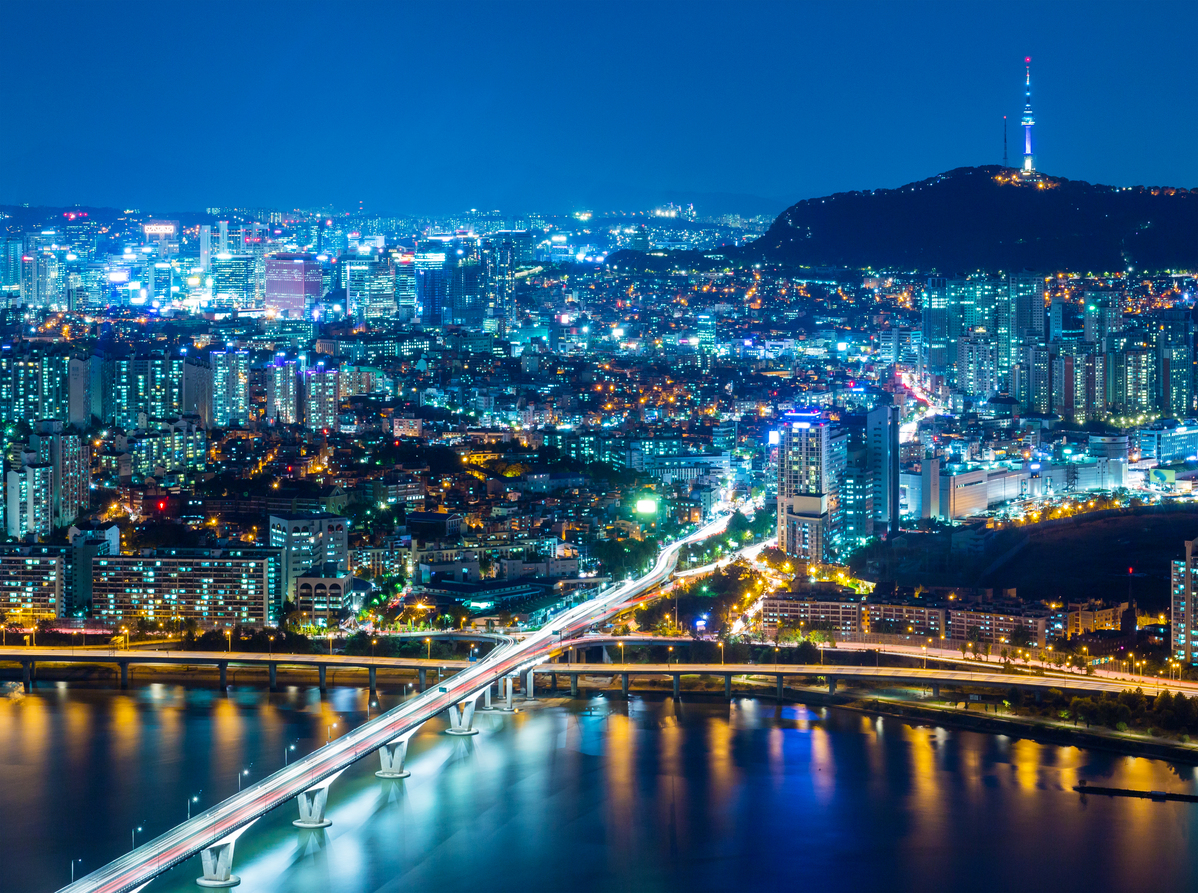
From ancient palaces and volcanic islands to bustling street markets and high-tech cities, South Korea promises an adventure that is both immersive and unforgettable. You can hike through national parks, indulge in sizzling Korean BBQ, discover unique traditions, and dive into the world of K-pop. With its welcoming culture and world-class infrastructure, South Korea tourism offers something for every traveller seeking rich Korean culture and traditions or a true K-pop experience in Seoul.
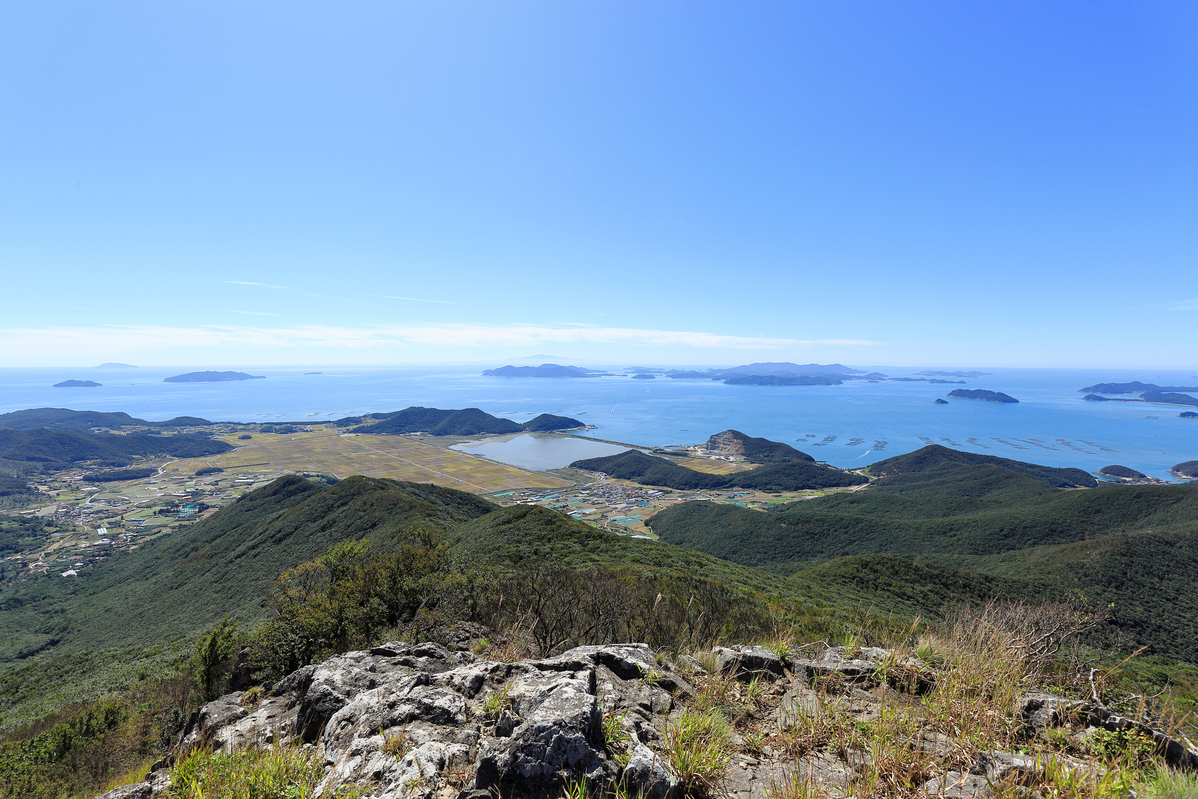
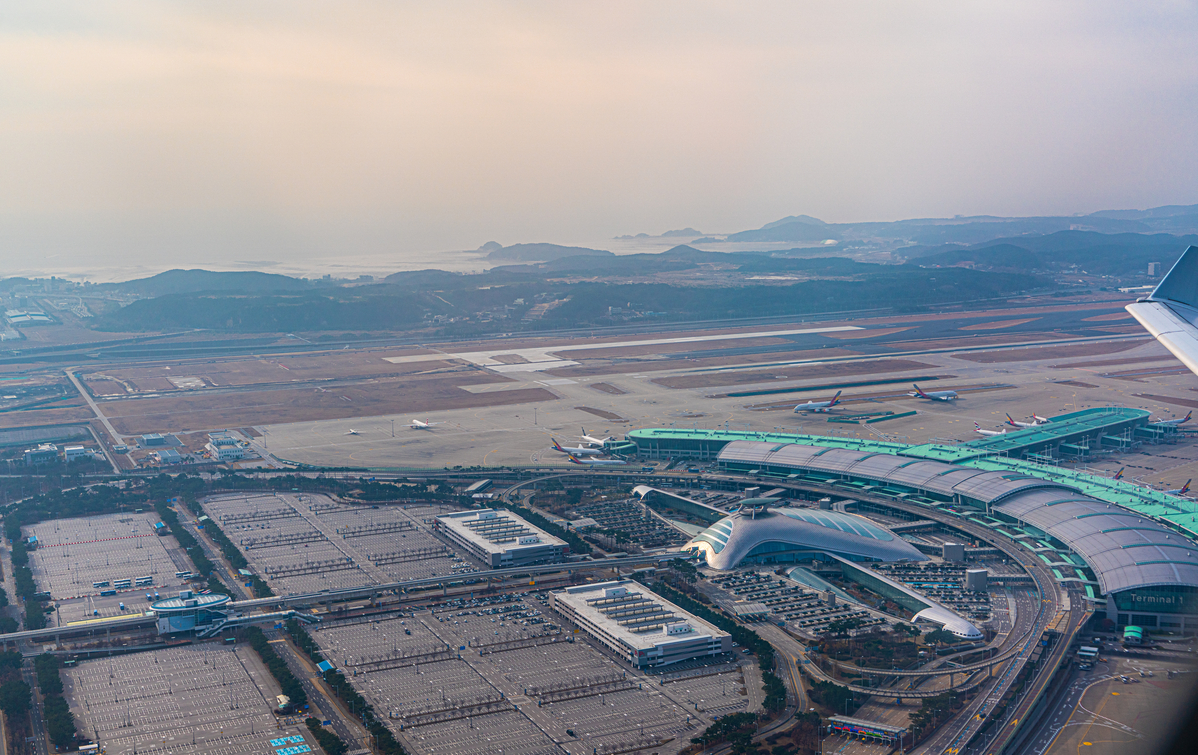
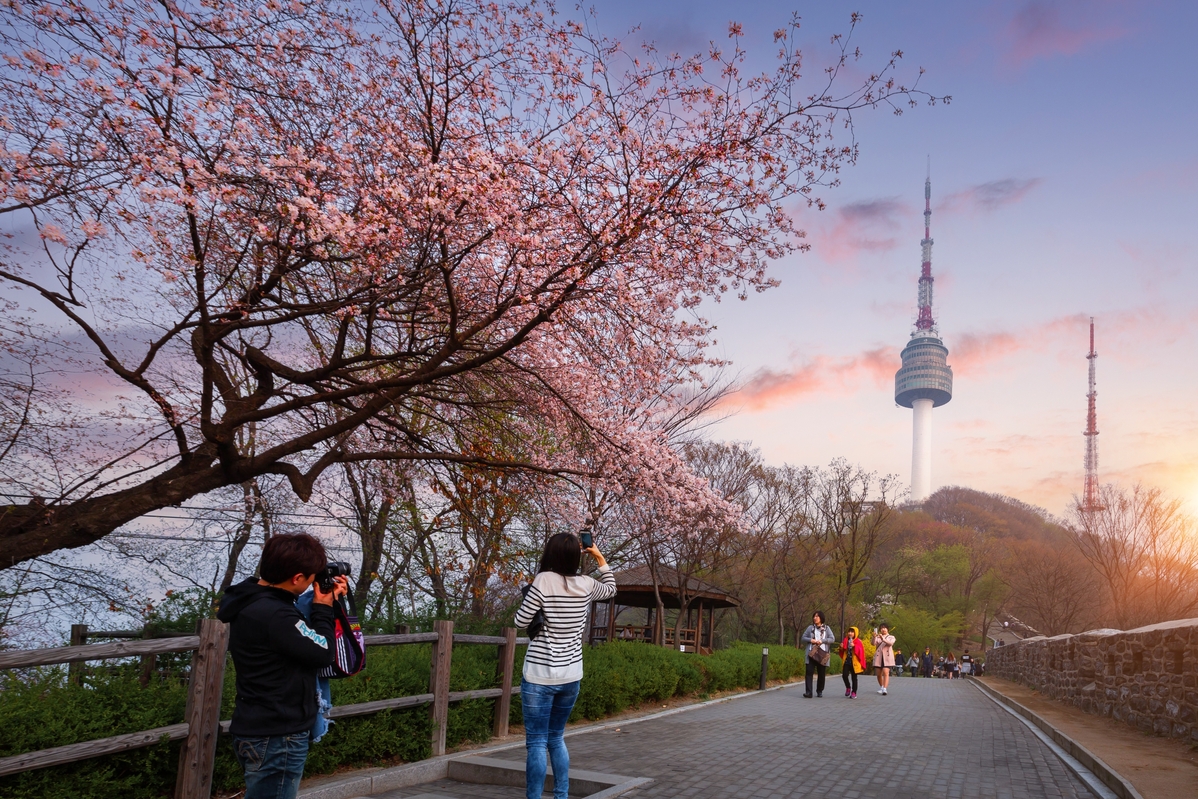

Seoul is the beating heart of South Korea, where centuries-old palaces meet cutting-edge technology and global pop culture. The city effortlessly combines tradition and modernity, offering travellers royal heritage, futuristic architecture, vibrant nightlife, and endless shopping options. It’s a highlight of any South Korea travel guide, especially for those seeking a true K-pop experience in Seoul.
Busan offers a refreshing contrast to Seoul with its coastal charm, relaxed pace, and vibrant street culture. This seaside city is known for its beaches, seafood, temples, and colourful art villages. A must-visit for any traveller exploring South Korea tourism beyond the capital.
Often called the “Hawaii of South Korea,” Jeju Island is a haven for nature lovers, honeymooners, and adventure seekers. With volcanic landscapes, waterfalls, and coastal walks, it’s one of the best places to visit in South Korea.
Gyeongju, once the capital of the ancient Silla Kingdom, is a living museum of Korea’s spiritual and cultural roots. With temples, tombs, and traditional architecture, it’s a must-visit for history enthusiasts and those seeking deeper insights into Korean culture.
![]()
South Korea is packed with unforgettable landmarks that reflect its history, creativity, and natural beauty. From peaceful islands to ultra-modern design hubs, these iconic destinations elevate every South Korea itinerary:
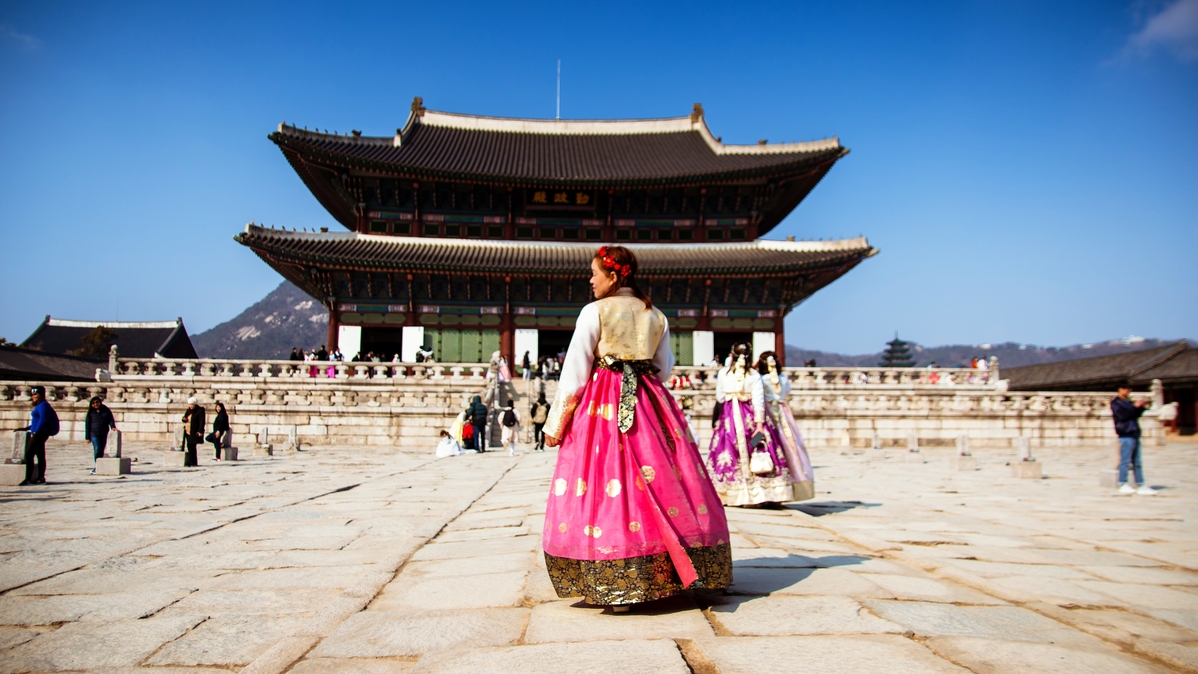
South Korea’s culture is deeply rooted in respect, heritage, and harmony. Whether you’re visiting a temple, joining a local festival, or simply sharing a meal, the values of politeness and community are always present. Understanding these nuances enriches your South Korea travel guide experience and helps you connect more meaningfully with locals.
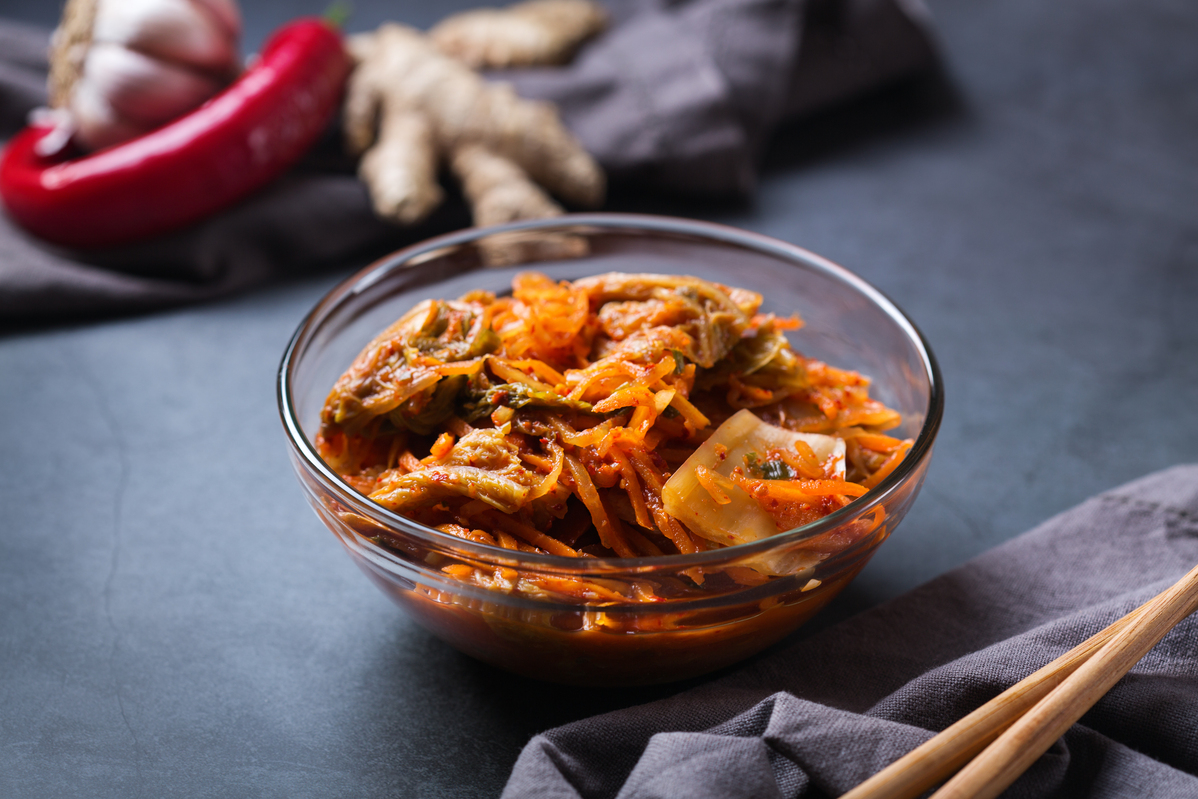
South Korea’s cuisine is a vibrant blend of flavours, textures, and traditions. From sizzling grills to bubbling stews and colourful street food, Korean meals are not just about taste but about the experience.
Start with the essentials like kimchi, Korea’s signature fermented side dish. Try bibimbap, a nutritious rice bowl topped with vegetables, meat, and egg. Don’t miss Korean BBQ, where you grill marinated meat at your table. Other favourites include tteokbokki (spicy rice cakes) and japchae (glass noodles with vegetables and beef).
Korea’s street food scene is unmissable. Explore Gwangjang Market or Busan’s fish markets for local delicacies. Popular picks include hotteok (sweet pancakes), odeng (fish cakes), and kimbap (seaweed rice rolls).
Meals are typically served with multiple side dishes called banchan. In traditional eateries, you may need to remove your shoes and sit on floor mats. Communal eating and sharing dishes are the norm.
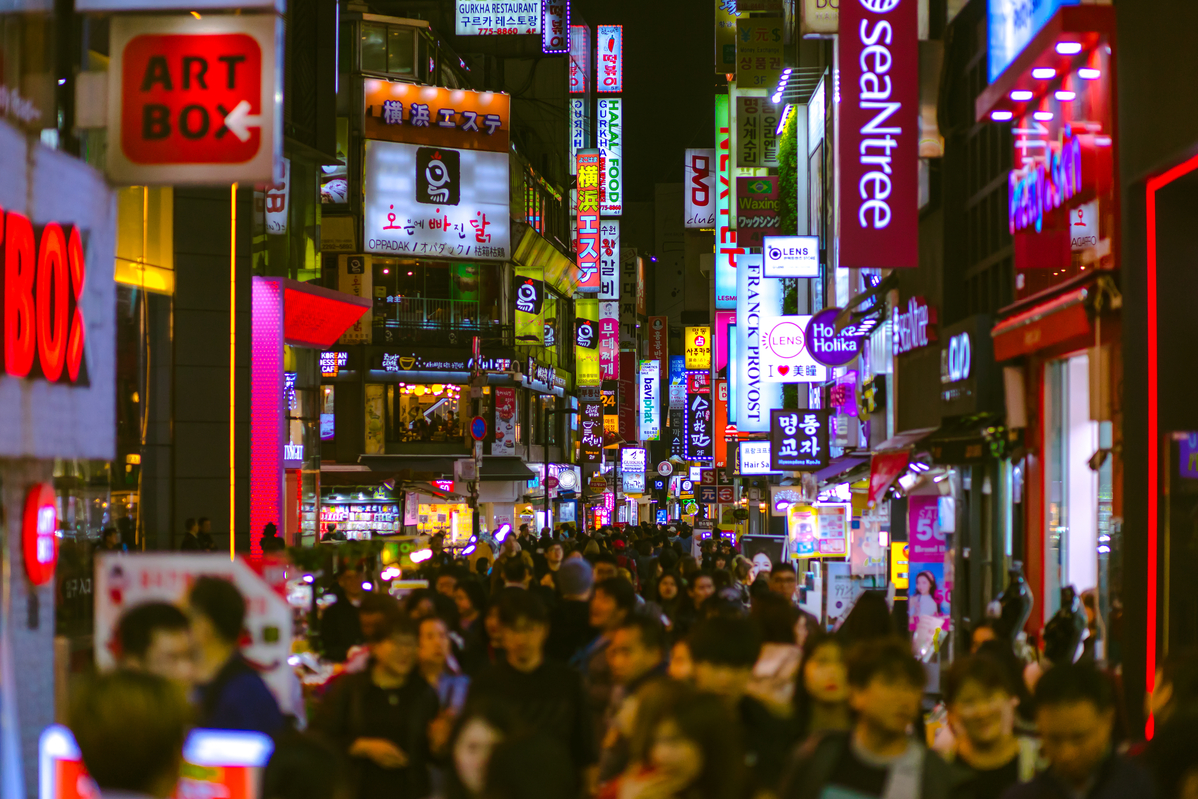
Shopping in South Korea is a delightful blend of high fashion, beauty trends, traditional crafts, and quirky souvenirs. For visitors building a complete South Korea travel guide, shopping is an experience in itself.
Visit Myeongdong for Korean skincare, cosmetics, and trendy streetwear. Head to Dongdaemun for late-night shopping and affordable fashion. Garosu-gil in Sinsa-dong is known for upscale boutiques and global brands, while Insadong is perfect for traditional Korean souvenirs, crafts, and calligraphy.
Don’t miss iconic items like Korean skincare products, hanbok (traditional attire), ginseng, and the latest electronics. Locally made home goods and stationery also make great gifts.
Many stores offer tax-free shopping for tourists. Clothing sizes tend to run small, so trying on before buying is recommended.
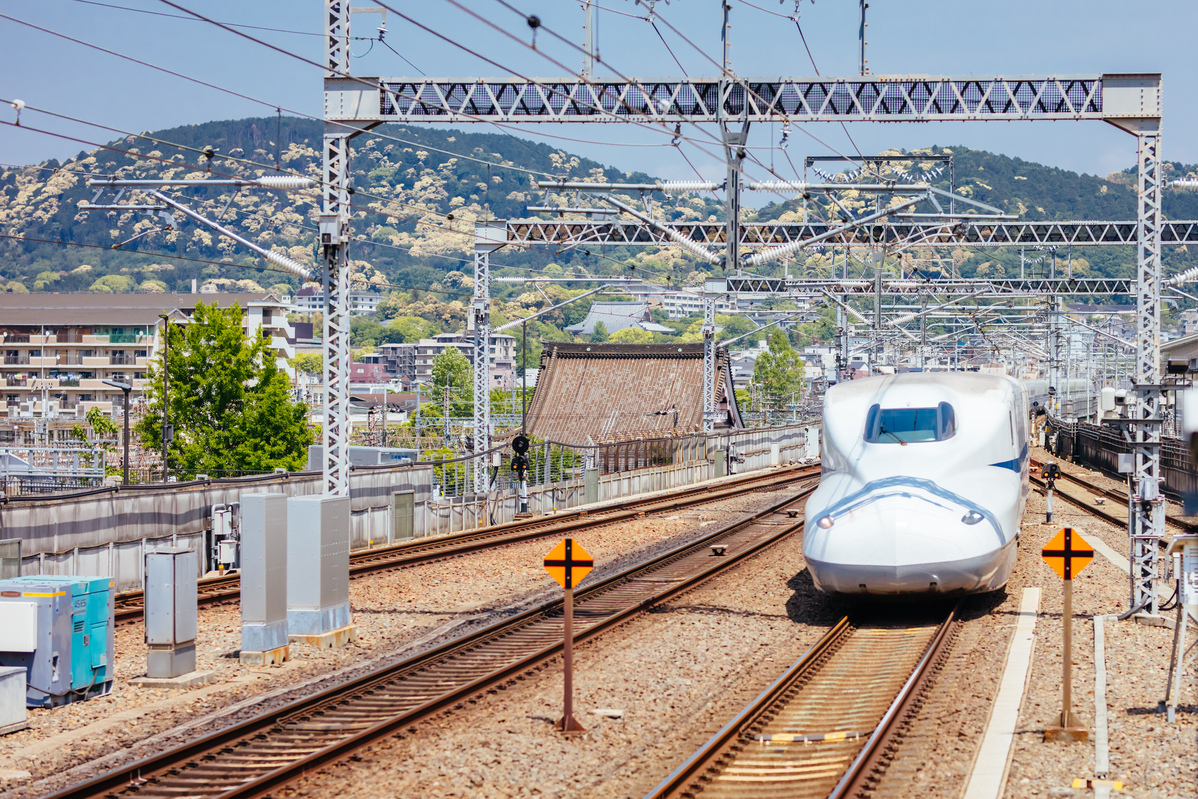
South Korea offers one of the most convenient and well-connected transportation networks in Asia, along with a wide range of accommodation suited for every type of traveller.
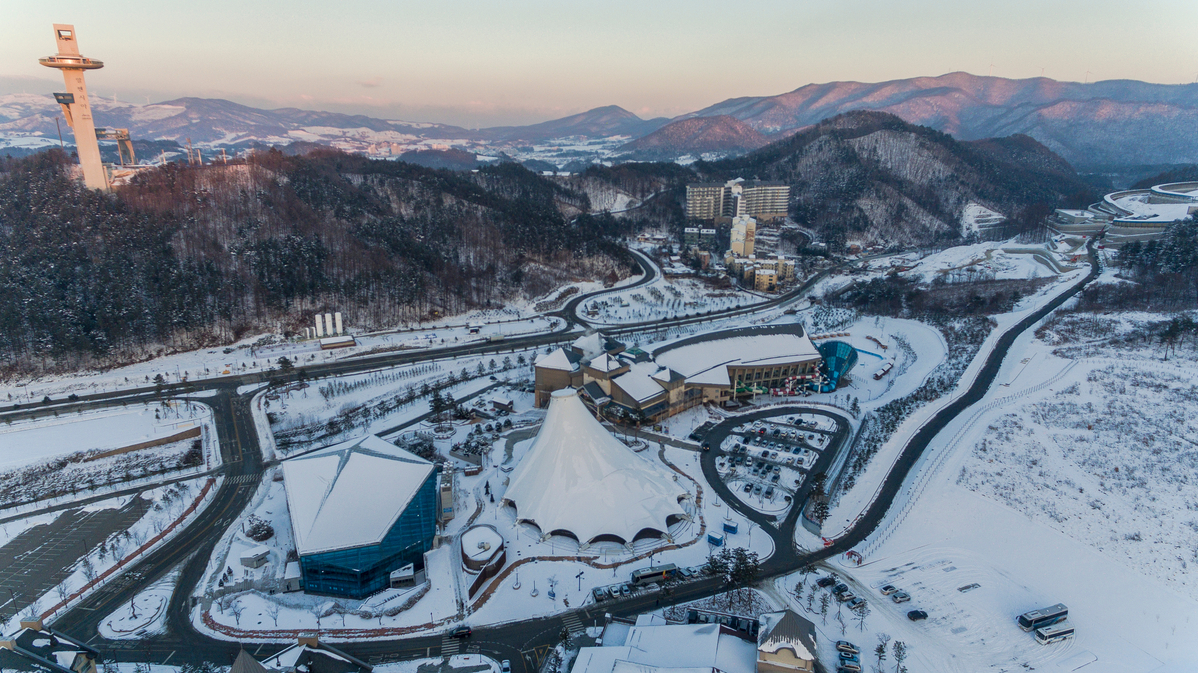
The perfect South Korea itinerary depends on your travel style, interests, and time available. Here are recommended itineraries to help you get started:

The Korean Wave, known as Hallyu, has taken the world by storm, influencing everything from music and drama to fashion and skincare. For many travellers, experiencing K-pop culture and exploring K-beauty trends are top reasons to visit South Korea.
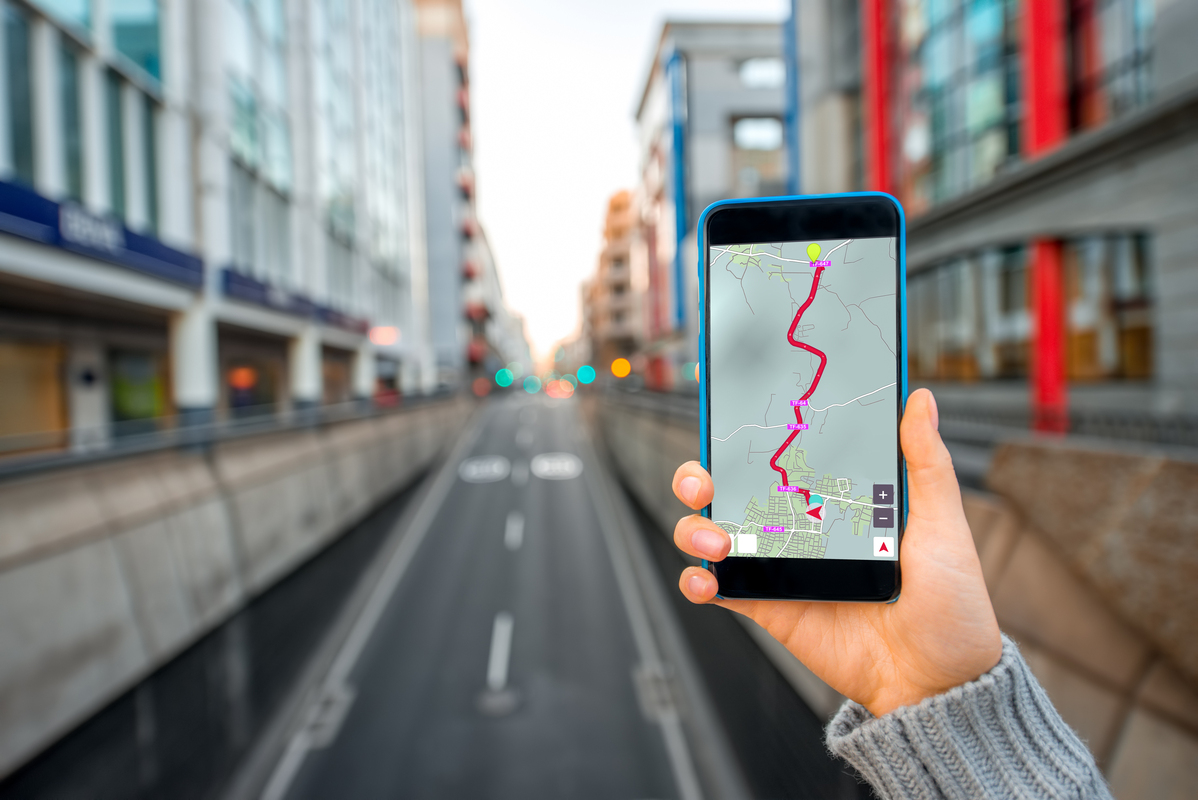
To make the most of your South Korea travel guide, keep these useful tips in mind for a smoother and more enjoyable journey:
From vibrant cityscapes and ancient palaces to rich cuisine and the global pull of K-pop, South Korea offers a complete travel experience that captivates every kind of explorer. Whether you're visiting for the first time or planning a return, this South Korea travel guide will help you navigate with ease.
It depends on your travel style. Budget trips start around ₹90,000 for 7-10 days, while mid-range comfort costs ₹1,20,000-1,50,000.
Yes. Indian passport holders must apply for a tourist visa through the embassy or VFS centres.
Yes, but inform your bank in advance. International cards are accepted in most stores and hotels.
While not common in traditional cuisine, vegetarian meals are available in cities and international restaurants.
No, but learning a few basic phrases helps. English is understood in most tourist areas.
Absolutely. It’s one of the safest countries in Asia, especially for solo women travellers.
Use subways, buses, and the KTX train. A T-Money card is essential for convenience.
Currently, there are no Club Mahindra Resorts in South Korea.
Mahindra Holidays & Resorts India Ltd. (MHRIL), a part of Leisure and Hospitality sector of the Mahindra Group, offers quality family holidays primarily through vacation ownership memberships and brings to the industry values such as reliability, trust and customer satisfaction. Started in 1996, the company's flagship brand ‘Club Mahindra’, today has over 300,000 members , who can holiday at 140+ resorts in India and abroad.
We use cookies to personalise content and to provide you with an improved user experience.By Continuing to browse this site you consent to the use of cookies.Please visit our cookie policy for further details.

Welcome to ClubMahindra.com In order to provide a personalised experience for you, we use cookies to enable some website functionality. Cookies help us see which articles most interest you; allow you to easily share articles on social media channels; permit us to deliver content personalised to your interests and locations; along with many other site benefits. For more information, please review our Cookie Policy
When you visit any website, it may store or retrieve information on your browser, mostly in the form of cookies. This information might be about you, your preferences or your device and is mostly used to make the site work as you expect it to. The information does not usually directly identify you, but it can give you a more personalized web experience. Because we respect your right to privacy, you can choose not to allow some types of cookies. Click on the different category headings to find out more and change our default settings. However, blocking some types of cookies may impact your experience of the site and the services we are able to offer.
Because we respect your right to privacy, you can choose not to allow some types of cookies and you have the right to withdraw your consent by send a mail to email id [email protected]
These cookies are essential in order to enable you to move around the site and use its features, such as accessing secure areas of the site. Without these cookies, services you have asked for cannot be provided.
These cookies allow us to employ data analytics so we can measure and improve the performance of our site and provide more relevant content to you. These cookies don't collect information that identifies a visitor down to an individual level that is available to us. These cookies are not passing personally identifiable information to any external third party other than in limited cases when we engage a service provider to act on our behalf but who is then unable to use the data for their own purposes.
Performance cookies are generally third-party cookies from vendors we work with or who work on our behalf that collect information about your visit and use of the Club Mahindra website, for instance which pages you visit the most often, and if you get error messages from web pages. These cookies don't collect information that identifies a visitor. All information these cookies collect is anonymous and is only used to improve your overall experience on how the website works. Third party vendors may have access to this data and may use it to improve their overall services and offerings.
Functionality cookies allow a site to remember choices you make (such as your user name, language or the region you are in) and provide more enhanced, personal features. These cookies cannot track your browsing activity on other websites. They don't gather any information about you that could be used for advertising or remembering where you've been on the Internet outside our site.
Third-party advertising and social media cookies are used to (1) deliver advertisements more relevant to you and your interests; (2) limit the number of times you see an advertisement; (3) help measure the effectiveness of the advertising campaign; and (4) understand people's behaviour after they view an advertisement. They are usually placed on behalf of advertising networks with the site operator's permission. They remember that you have visited a site and quite often they will be linked to site functionality provided by the other organization. This may impact the content and messages you see on other websites you visit. If you do not allow these cookies you may not be able to use or see certain these sharing tools content on our website.